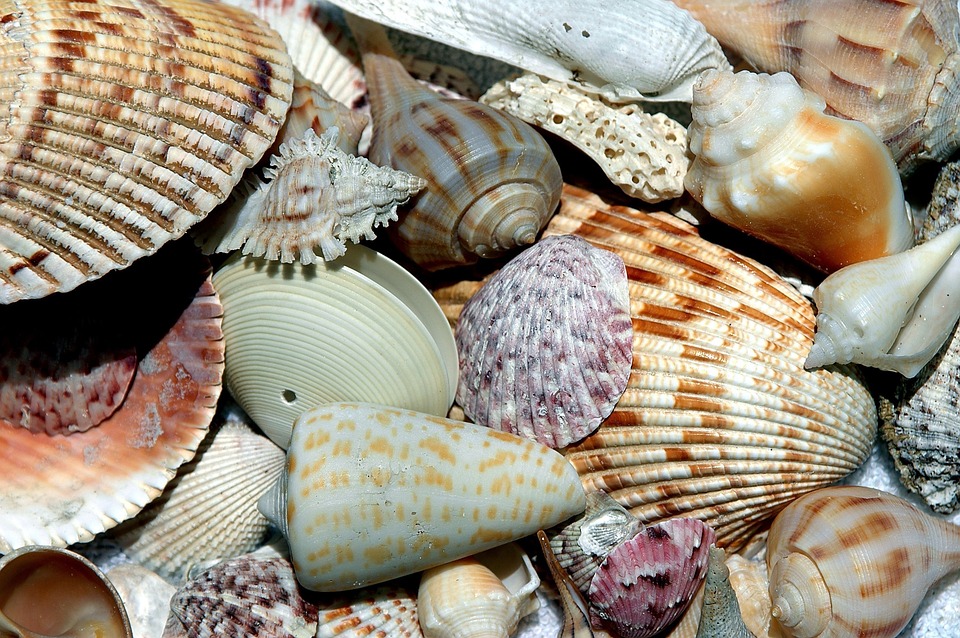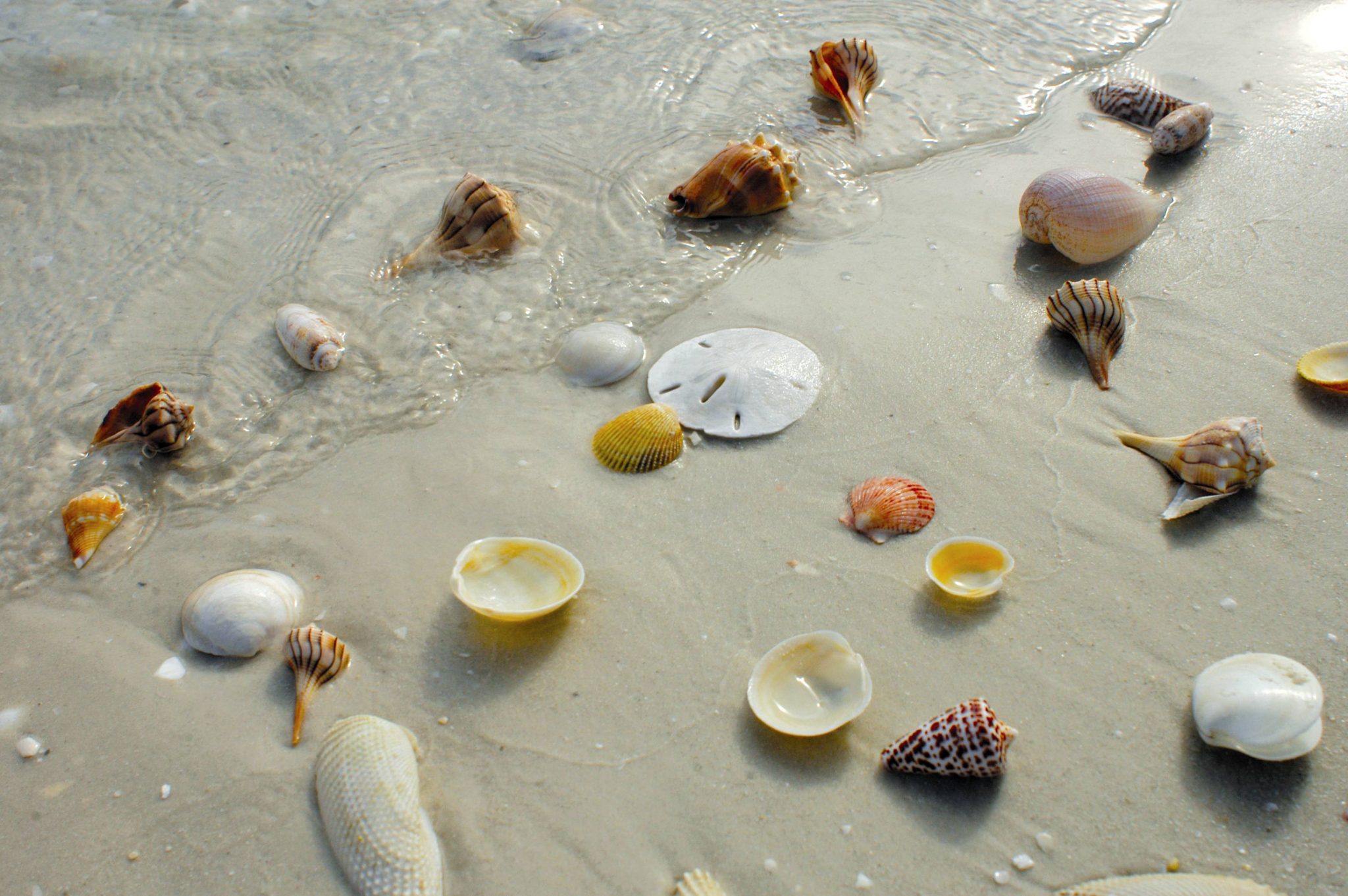Ever wondered when the best time to find shells is? Well, you're in for a treat, friend. Whether you're a seasoned shell collector or just someone who loves strolling along the shoreline, knowing the right timing can make all the difference. Picture this: you're walking barefoot on the sand, the waves gently lapping at your feet, and suddenly you spot a stunning seashell glimmering under the sun. That's the magic we're chasing here, and trust me, it's not just about luck.
Shells are more than just pretty souvenirs; they're little treasures from the ocean, each with its own story. But finding them isn't always as easy as it seems. You need the right timing, the right location, and a little insider knowledge. Lucky for you, I've got all that covered in this article. So grab your bucket, and let's dive into the world of beachcombing!
By the end of this guide, you'll know exactly when to hit the beach, what to look for, and how to make the most out of your shell-hunting adventures. No more empty buckets or disappointed faces. Let's turn those ordinary beach trips into treasure hunts!
Read also:Robert Benevides And Raymond Burr A Journey Through Time
Table of Contents
- Biography of the Beachcomber
- Best Time to Find Shells
- Understanding Tide Charts
- Seasonal Effects on Shell Availability
- How Weather Impacts Shell Hunting
- Why Location Matters
- Tools and Tips for Success
- Conservation and Ethical Collecting
- Common Questions About Shell Hunting
- Wrapping It Up
Biography of the Beachcomber
Before we dive into the nitty-gritty of shell hunting, let's talk about the people who make it happen. Beachcombers aren't just casual walkers; they're passionate collectors with a deep love for the ocean and its treasures. Here's a quick snapshot of what makes a beachcomber tick.
Who Are Beachcombers?
Beachcombers are individuals who spend their time exploring shorelines in search of natural treasures. They could be hobbyists, artists, or even scientists studying marine life. What unites them is their appreciation for the beauty and diversity of seashells.
| Attribute | Details |
|---|---|
| Name | The Beachcomber |
| Occupation | Shell Collector, Marine Enthusiast |
| Passion | Discovering Rare and Beautiful Shells |
| Location | Worldwide Beaches |
Best Time to Find Shells
Alright, let's get down to business. If you're asking yourself, "What's the best time to find shells?" you're not alone. Timing is everything when it comes to beachcombing. Here's what you need to know:
Low Tide vs. High Tide
Low tide is generally the best time to find shells because the receding water reveals treasures hidden beneath the sand. High tide, on the other hand, tends to cover everything up, making it harder to spot those gems.
- Low Tide: Exposes more of the beach, revealing shells.
- High Tide: Covers the beach, making it less ideal for hunting.
Understanding Tide Charts
Tide charts are your best friend when it comes to planning your shell-hunting adventures. They tell you exactly when low and high tides occur, helping you time your visits perfectly.
How to Read a Tide Chart
Most tide charts show the time and height of the tides. Look for the lowest point of the low tide and plan your visit around that time. For example, if low tide is at 8 AM, aim to be on the beach around 7:30 AM to make the most of your time.
Read also:Unveiling The Charismatic World Of James Darren Evy Norlund
Seasonal Effects on Shell Availability
Seasons play a big role in the availability of shells. In some areas, winter storms bring more shells to the shore, while summer offers calmer waters and clearer finds.
Best Seasons for Shell Hunting
Winter can be a great time for finding shells, especially after storms. The rough seas often wash up rare and exotic shells that aren't usually seen. Summer, though calmer, is perfect for leisurely hunts and finding smaller, more delicate shells.
How Weather Impacts Shell Hunting
Weather conditions can either enhance or hinder your shell-hunting experience. Stormy weather, for instance, tends to churn up the ocean floor, bringing shells to the surface. However, it also makes the beach more dangerous, so always prioritize safety.
Safety Tips for Stormy Weather
- Check weather forecasts before heading out.
- Stay aware of rip currents and wave conditions.
- Never turn your back on the ocean.
Why Location Matters
Not all beaches are created equal when it comes to shell hunting. Some beaches are renowned for their abundance of shells, while others might leave you disappointed.
Top Shell-Heavy Beaches
If you're serious about finding the best shells, consider visiting beaches known for their shell diversity. Places like Sanibel Island in Florida or Shell Beach in Western Australia are famous for their rich shell collections.
Tools and Tips for Success
Having the right tools and knowing a few tricks can significantly improve your shell-hunting experience. Here's what you need:
Essential Tools
- A sturdy bucket or bag for carrying shells.
- Gloves to protect your hands from sharp edges.
- A small brush for cleaning shells on the spot.
Conservation and Ethical Collecting
As much fun as shell hunting is, it's important to practice conservation and ethical collecting. Removing too many shells can harm marine ecosystems, so always take only what you need.
Guidelines for Responsible Collecting
- Limit the number of shells you take.
- Avoid taking live shells or ones with creatures still inside.
- Respect local regulations and protected areas.
Common Questions About Shell Hunting
Here are some frequently asked questions about shell hunting, answered for your convenience:
Q: Can I sell the shells I find?
A: Yes, but be mindful of local laws and regulations. Some areas prohibit the commercial sale of certain shells.
Q: How do I clean my shells?
A: Soak them in a mixture of water and vinegar to remove dirt and debris. For stubborn stains, a gentle scrub with a toothbrush works wonders.
Wrapping It Up
So there you have it, folks. The best time to find shells isn't just about luck; it's about timing, location, and a little bit of knowledge. By understanding tides, seasons, and weather patterns, you can maximize your chances of finding those elusive treasures.
Remember to always respect the environment and practice ethical collecting. The ocean gives us so much, and it's our responsibility to give back by protecting its delicate ecosystems.
Now it's your turn. Grab your gear, head to the beach, and start your own shell-hunting adventure. Don't forget to share your finds with us in the comments below or tag us on social media. Happy hunting, and may the tide be ever in your favor!


